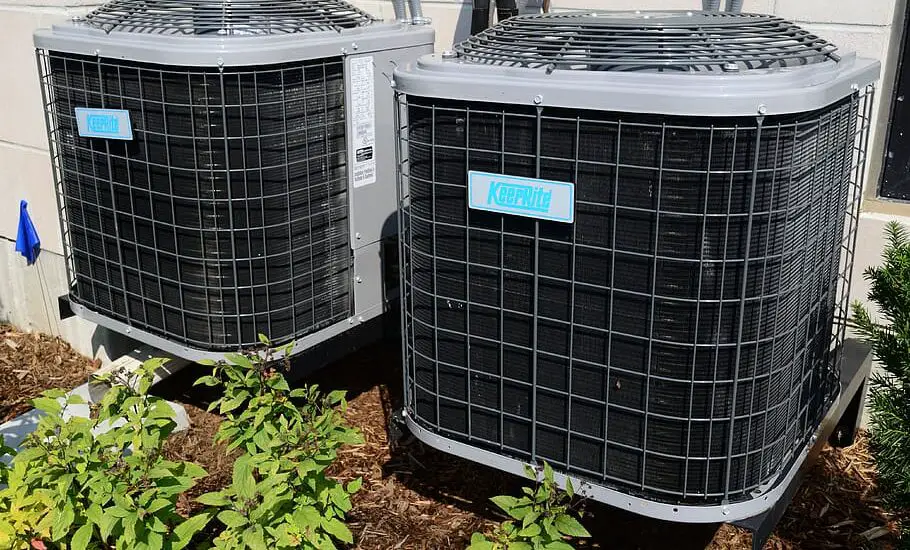“What is TXV in HVAC?” In this guide, we take a journey to unveil the function, installation, and benefits of TXV in your HVAC system and air conditioner.

Table of Contents
What is TXV in HVAC: A Comprehensive Overview
In your pursuit to understand “what is TXV in HVAC”, it is pivotal to understand that TXV stands for Thermostatic Expansion Valve. This valve serves as the mediator in controlling the quantity of refrigerant that enters the evaporator.
Essentially, it works to maintain the efficiency and optimum functionality of the HVAC system. It ensures that the exact required amount of refrigerant is utilized — neither too much to cause overflow nor too little to result in inadequacy.
It functions continuously, making instantaneous adjustments based on the system’s demands. This relentless work ensures your HVAC system’s efficiency and the prolonging of its lifespan.
The Functionality of TXV in an HVAC System
Exploring “what is TXV in HVAC system”, is akin to unraveling the heart of the system’s operational efficiency. The TXV operates based on the principle of superheat. It consistently monitors the temperature of the refrigerant leaving the evaporator, adjusting the refrigerant flow to maintain a specific superheat range. Let’s delve deeper into the individual components that play a vital role in its functioning:
Temperature Sensing Bulb: This bulb is affixed to the system’s suction line. It is filled with a substance that reacts to the temperature changes of the refrigerant. The substance enables it to send signals to the TXV to adjust the refrigerant flow accordingly.
Diaphragm: Working in unison with the sensing bulb, it receives the pressure exerted by the bulb. As a result, it moves to allow the precise amount of refrigerant to flow into the evaporator coil. This, in turn, ensures the system’s optimal functionality.
Spring: Positioned within the valve, it provides the necessary counterforce against the diaphragm. It’s a crucial element in enabling the TXV to maintain the desired level of superheat by adjusting the valve opening in response to the signals received.
Needle and Seat: They orchestrate the actual regulation of the refrigerant flow. The needle moves over the seat to create an opening for the refrigerant to pass. The size of this opening is constantly adjusted to ensure the right amount of refrigerant enters the evaporator at all times.
Check out these other articles…
TXV Superheat or Subcooling: A Comprehensive 411 Comparison
Constant Pressure Expansion Valve: Comprehensive 411 Guide
TXV Valve Installation: In 5 Quick & Easy Steps
Symptoms of a Stuck TXV: Comprehensive Guide to Diagnosis
Ice After Expansion Valve: What You Need to Know
Understanding TXV in Air Conditioners
The query “what is TXV in air conditioner,” is essentially the operation of a TXV in an air conditioner. The TXV in an AC operates under the same principles as it does in a broader HVAC system. It modulates the refrigerant flow diligently, maintaining the optimum superheat condition.
The TXV’s adeptness at swiftly adjusting to fluctuating conditions means that your air conditioner can respond efficiently to varying thermal loads. This allows it to avoid issues such as coil frosting, which can be detrimental to the system’s performance over time.
Benefits of a TXV in Your HVAC System
Knowing what is TXV in HVAC extends to recognizing the plethora of benefits it brings to your HVAC system. Here we identify and elaborate on the substantial advantages you gain by having a TXV installed in your system:
Energy Efficiency: The TXV works tirelessly to avoid energy wastage, ensuring that the system utilizes only the exact amount of refrigerant needed at any given moment, thereby aiding in substantial energy conservation.
Enhanced Performance: The TXV’s active modulation ensures your system performs optimally under different load conditions, maintaining a comfortable indoor environment consistently.
Cost-Effective: Over time, the energy savings accrued due to the TXV’s efficiency translate into noticeable reductions in your utility bills, making it a cost-effective addition to your HVAC system.
Longevity: The TXV safeguards your system against the adverse effects of both over and underfeeding of refrigerant, thereby ensuring a prolonged lifespan and reduced wear and tear of the HVAC system.
Installing a TXV in Your HVAC System: Things to Know
Now that you are well-versed with “what is TXV in HVAC,” you might consider incorporating one in your HVAC system. Installation of a TXV is a nuanced task that necessitates professional intervention. A certified HVAC technician will not only ensure correct installation but also calibrate the TXV to your specific system requirements, promising optimum performance.
Moreover, such technicians can provide invaluable advice on maintaining the TXV, including routine checks and troubleshooting tips to avoid potential pitfalls in the future.
